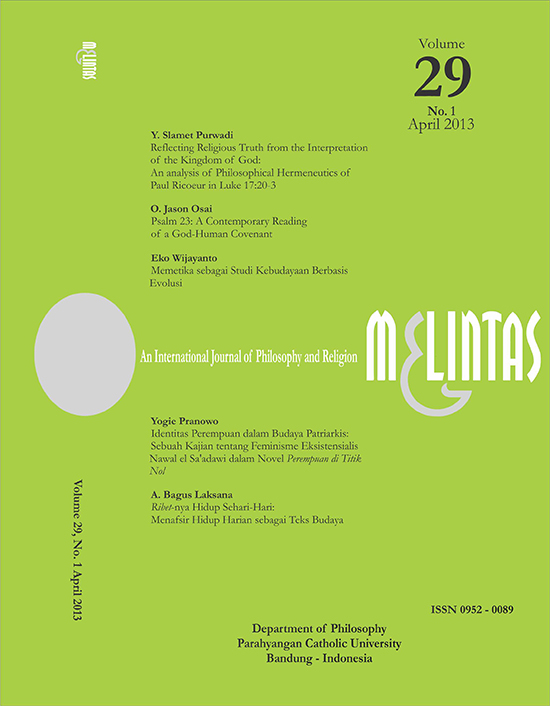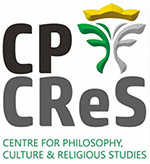Memetika sebagai Studi Kebudayaan Berbasis Evolusi
DOI:
https://doi.org/10.26593/mel.v29i1.264.42-55Abstract
One of the perspectives in evolution asserts that culture is also evolving like a biological evolution. When it concerns the biological evolution, the transmission unit is the gene. With regard to the evolution of culture, the transmission unit is the meme. The effort of doing analogy between the meme evolution and the gene evolution in this article is a methodological attempt to provide a further exploration for describing and apprehending the cultural phenomena. This article is at the same time an effort of applying a kind of politics of ontology to study the existence of memes in the study of culture. For this purpose, memetics has been pioneered as a scientific discipline that brings memes as the material object and as the formal object of Darwinian evolution. Critiques on the descriptive character of cultural evolution not necessarily turn to polemics for there is no strict differentiation between description and prescription. The evolution of culture that works in the Darwinian model is a different explanation as well as an alternative for the study of culture in general in an effort to apprehend the ontology of culture. The choice of Darwinian theory of evolution fills the principles of parsimony: simple and explaining.Downloads
Published
2014-07-14
Issue
Section
Articles
License
MELINTAS applies the Creative Commons Attribution (CC BY NC) license to articles and other works we publish. If you submit your paper for publication by MELINTAS, you agree to have the CC BY NC license applied to your work.


